The National Museum of Ireland’s up-coming Glendalough exhibition includes items that have come to light in the valley and its environs over the last two or three centuries and which have never been seen in public before, writes Matthew Seaver
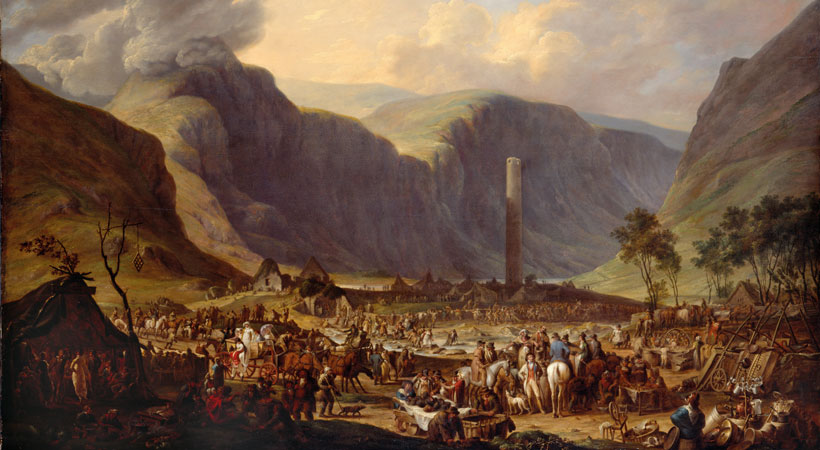
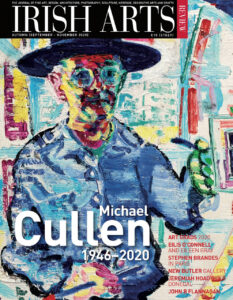
 The National Museum of Ireland’s up-coming Glendalough exhibition includes items that have come to light in the valley and its environs over the last two or three centuries and which have never been seen in public before, writes Matthew Seaver
The National Museum of Ireland’s up-coming Glendalough exhibition includes items that have come to light in the valley and its environs over the last two or three centuries and which have never been seen in public before, writes Matthew Seaver
Glendalough, a valley of two lakes (as its Gaelic name elegantly implies), is one of nature’s and human’s gems, hidden away in the Wicklow Mountains some thirty miles south of Dublin. For the early Christian Irish, it was renowned as the home of one of the four most important monasteries in the country – the goal of pilgrims for centuries – and a burial place that equalled Rome in helping the soul arrive at heaven.
To read this article in full, subscribe or buy this edition of the Irish Arts Review
Glendalough, a valley of two lakes (as its Gaelic name elegantly implies), is one of nature’s and human’s gems, hidden away in the Wicklow Mountains some thirty miles south of Dublin. For the early Christian Irish, it was renowned as the home of one of the four most important monasteries in the country – the goal of pilgrims for centuries – and a burial place that equalled Rome in helping the soul arrive at heaven
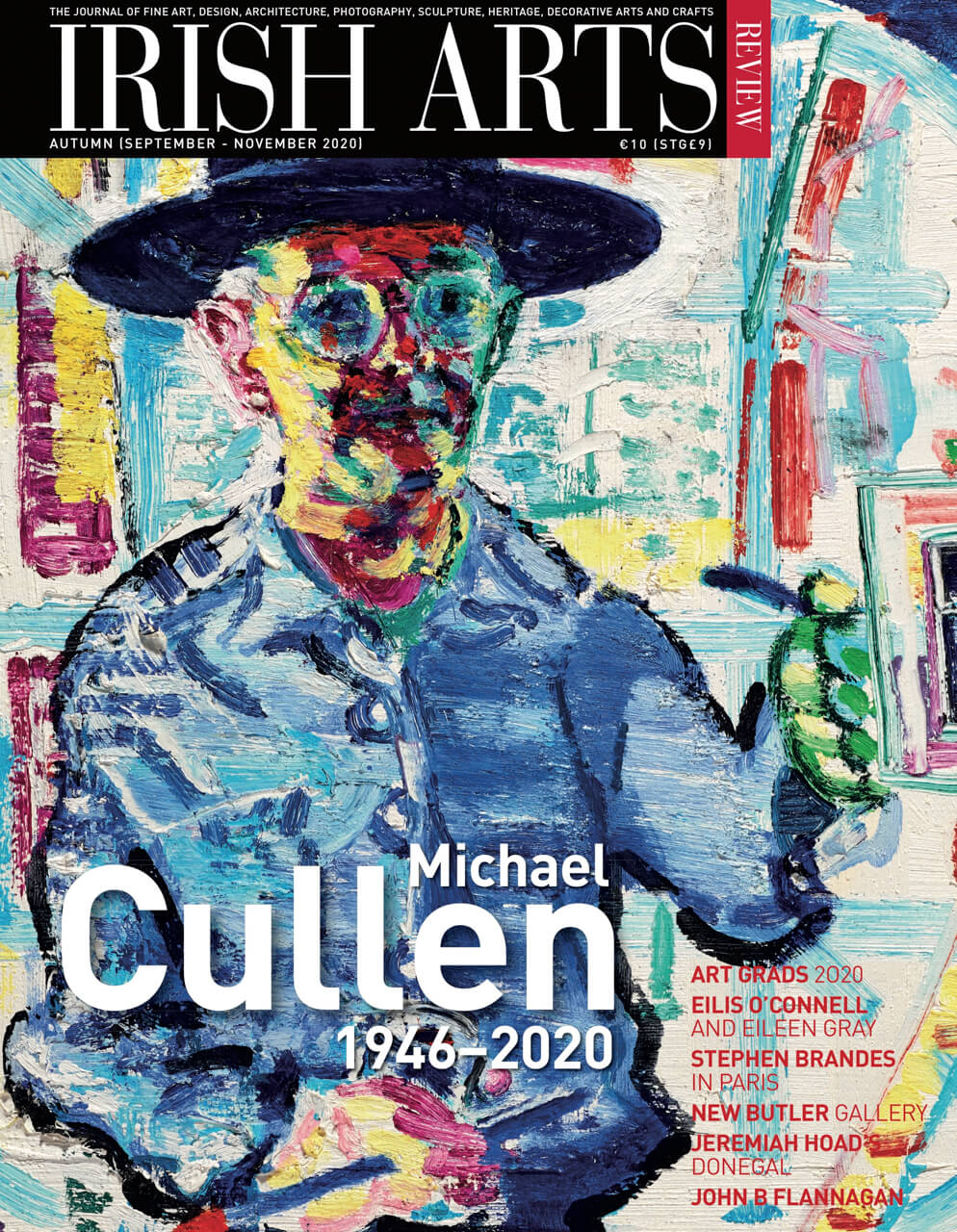

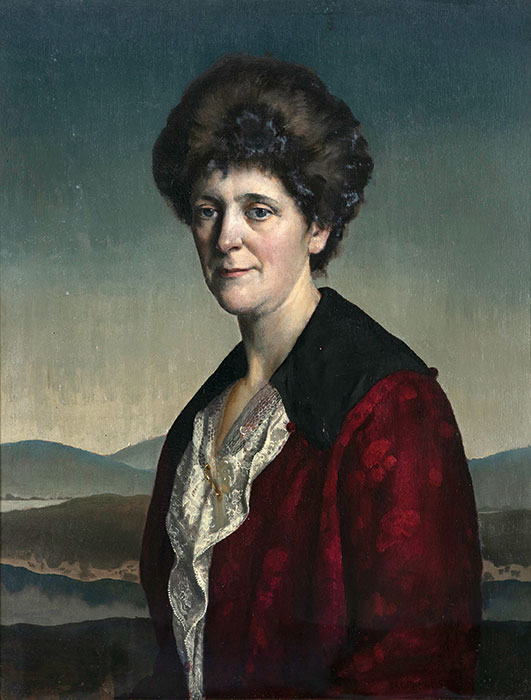
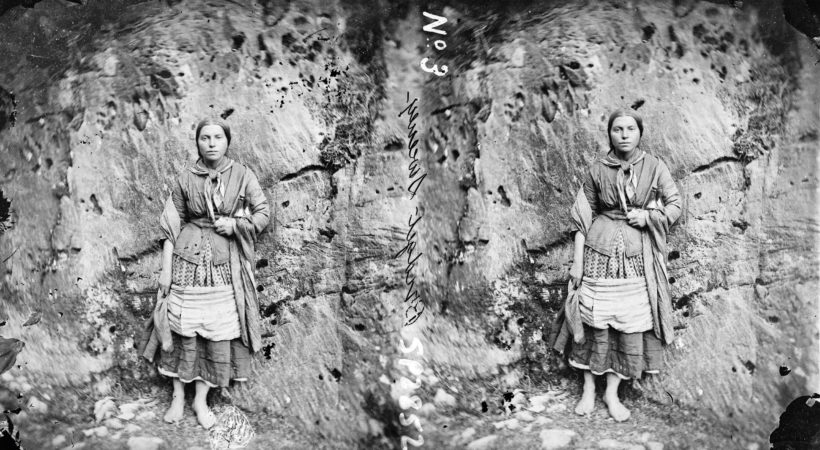
The collection of 19th century stereo negatives of the Gap Girls of Dunloe in Kerry comprise a rare and unique body of work, writes Julian Campbell